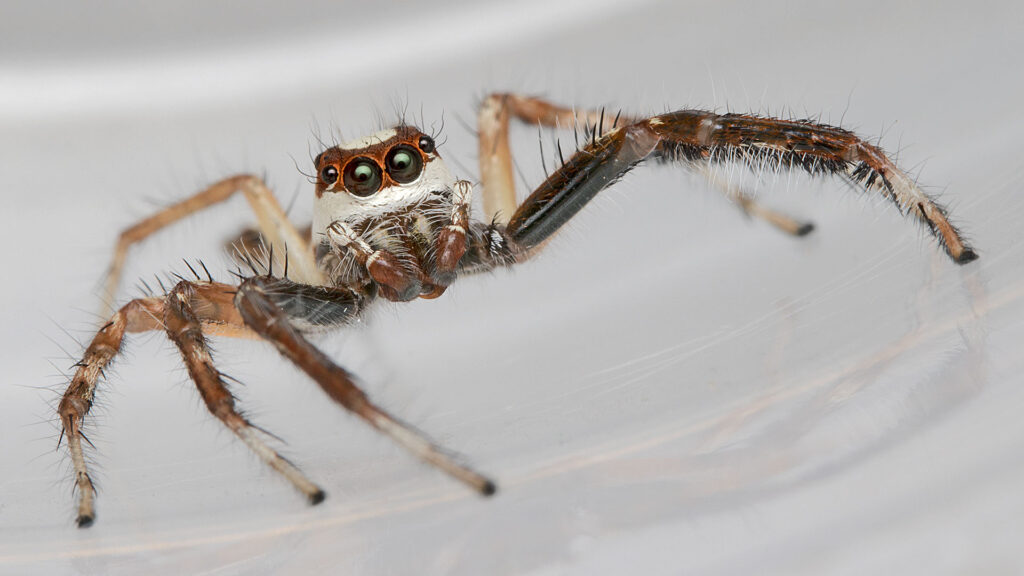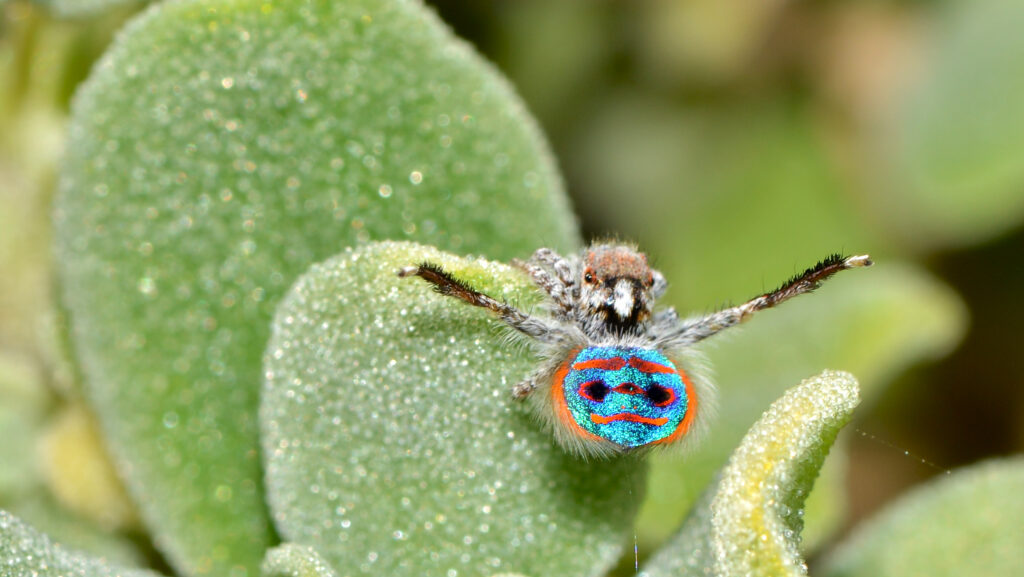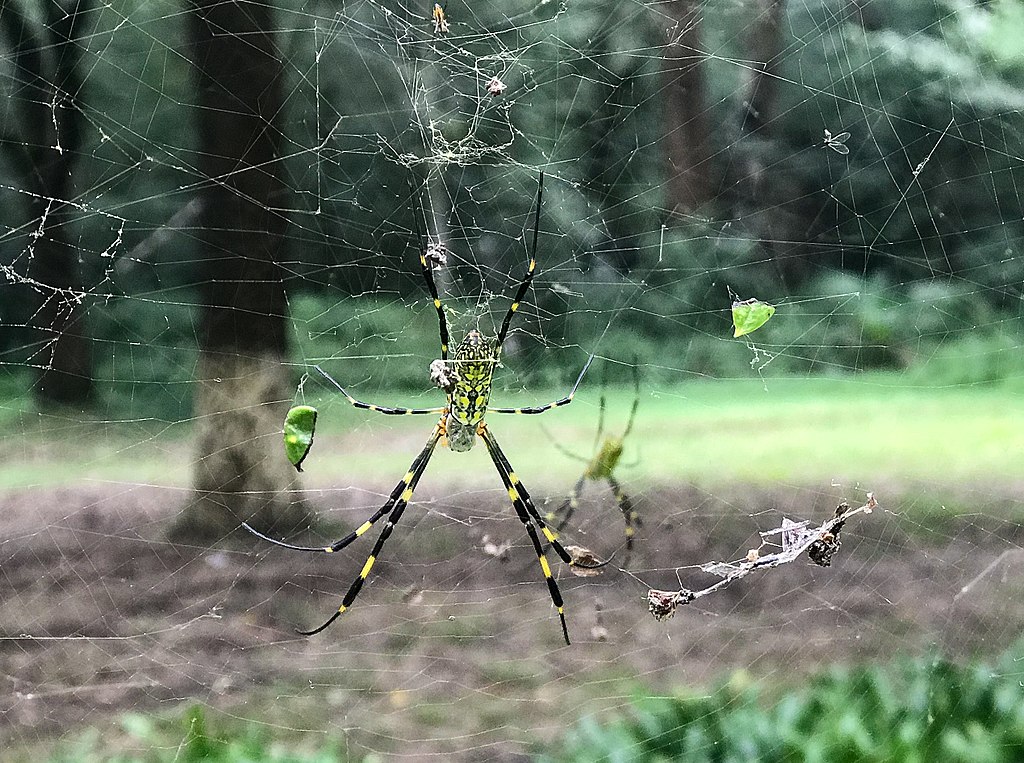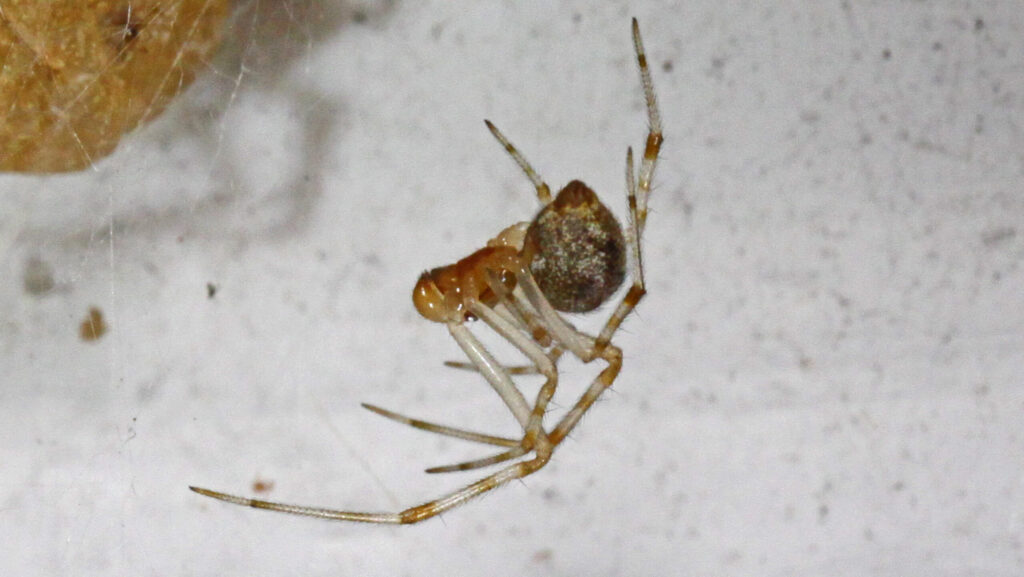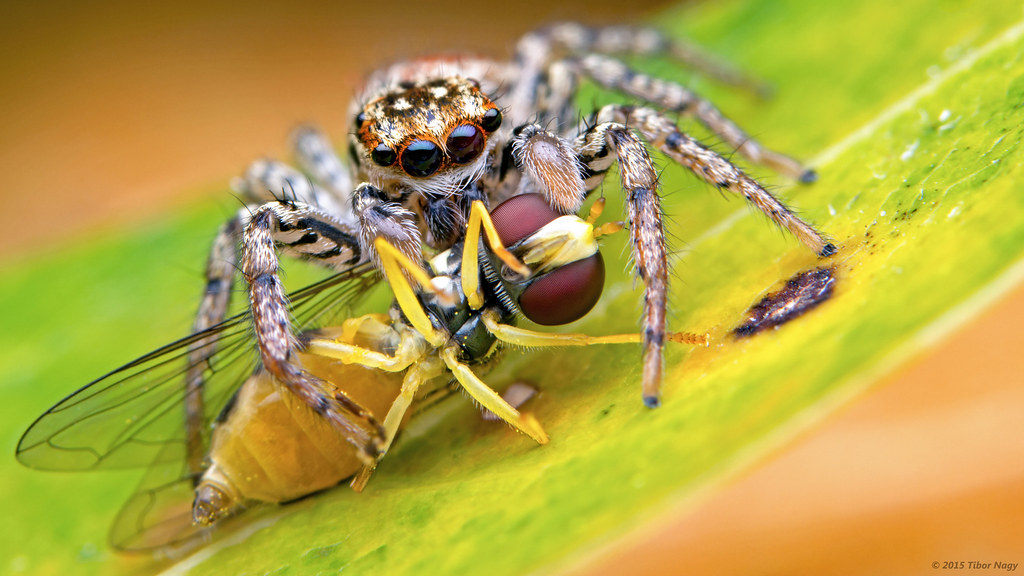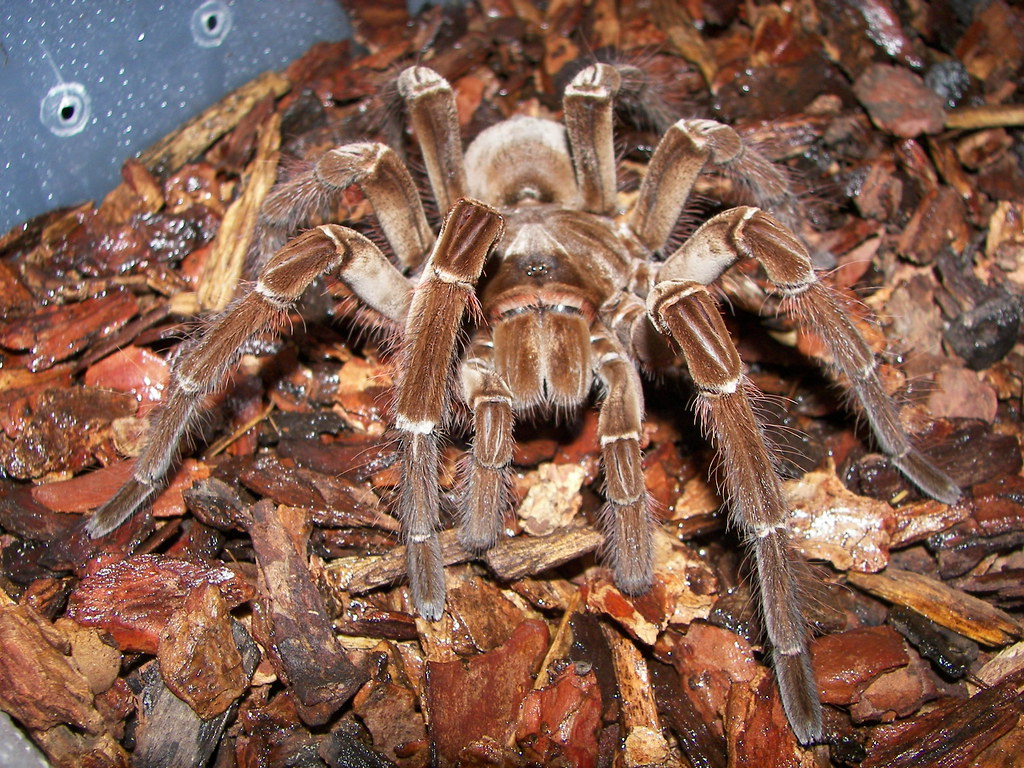Don’t Kill That Spider How Indoor Spiders Actually Protect Your Home
That eight-legged creature scurrying across your bathroom floor might make you reach for the nearest shoe, but what if that tiny arachnid was actually your home’s most dedicated security guard? Most people’s first instinct when encountering a spider indoors is to eliminate it immediately, driven by deep-seated fears and misconceptions. However, these remarkable creatures are ...

